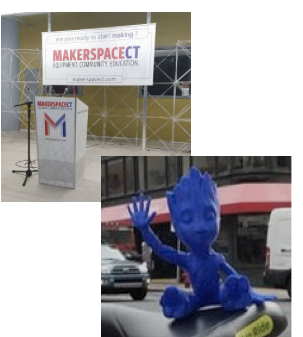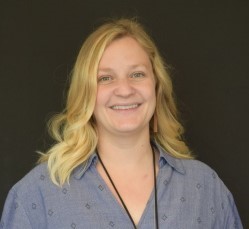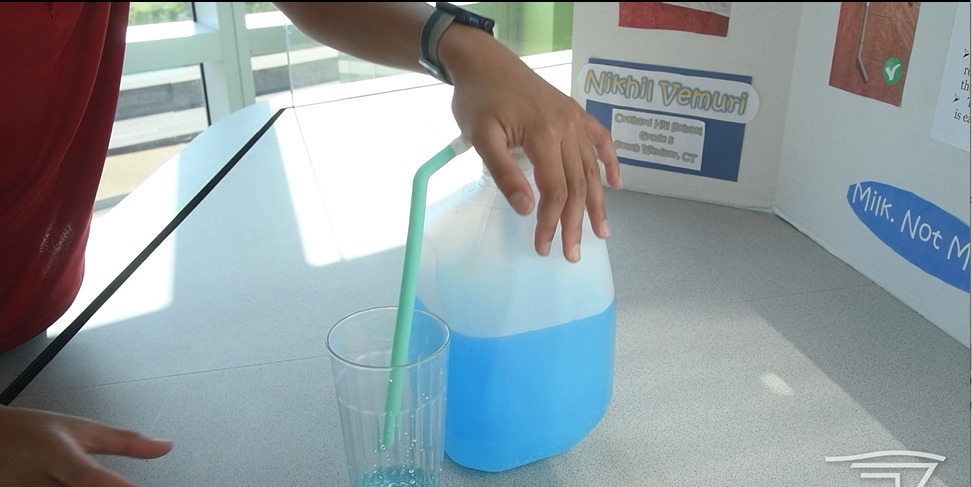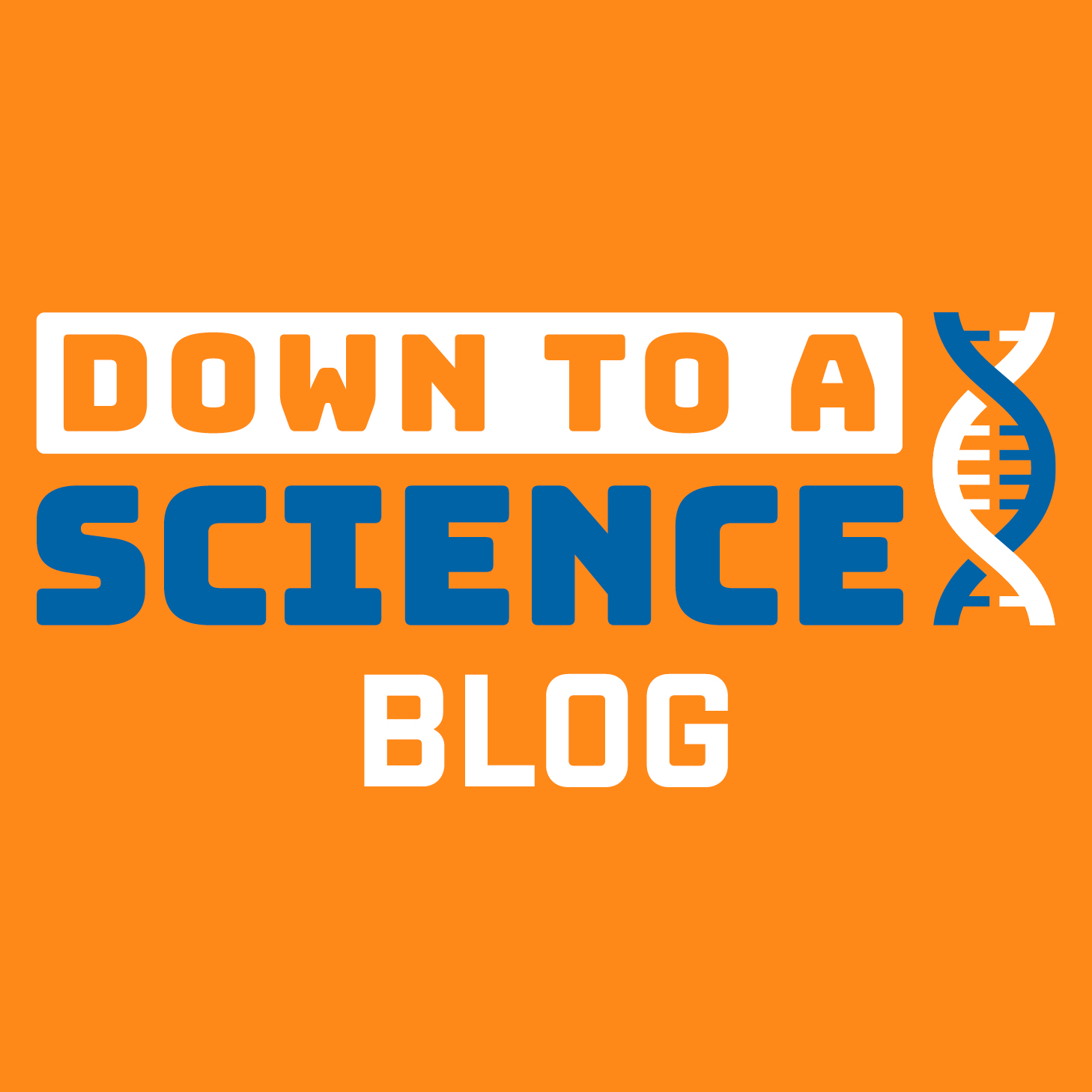The Next Generation Science Standards place a greater emphasis on the Science and Engineering Practices (the doing of science) rather than some of the standards of the past. Of course, this is not completely new to educators in Connecticut, as our previous State Standards included similar inquiry components . But, now we’re expected to weave these standards in with our everyday content, as well as include the engineering, technology, and application of science standards. One way that we can increase our ability to include these components is by utilizing a makerspace.
 As many of you may know, a makerspace is an area where anyone can go to create really whatever they would like. This could be a workshop within a school building, a room within your public library, or, in some cities, a store front transformed into a workspace. Here in downtown Hartford, they opened a 20,000 sq. ft. facility this spring to provide a space for like-minded individuals to spend their time innovating, designing, and creating. The best part about it is these people now have access to equipment that they might not otherwise be able to afford. Creating opportunities like these within our schools can not only prepare our students to participate in these venues when they graduate, but also give them the freedom to explore their own creativity and ingenuity.
As many of you may know, a makerspace is an area where anyone can go to create really whatever they would like. This could be a workshop within a school building, a room within your public library, or, in some cities, a store front transformed into a workspace. Here in downtown Hartford, they opened a 20,000 sq. ft. facility this spring to provide a space for like-minded individuals to spend their time innovating, designing, and creating. The best part about it is these people now have access to equipment that they might not otherwise be able to afford. Creating opportunities like these within our schools can not only prepare our students to participate in these venues when they graduate, but also give them the freedom to explore their own creativity and ingenuity.
Makerspaces aren’t a new thing, but they might seem obsolete with the Next Generation Science Standards. This is because, as we already mentioned, the Science and Engineering Practices are supposed to be taught intertwined with the other two dimensions (Disciplinary Core Ideas and Crosscutting Concepts) within everyday classroom routines. Although this is true, sometimes within our science classrooms or labs, we might not have the materials or space to complete an engineering design problem. With a makerspace, this is no longer an issue! Districts across the nation and world are providing space for students to explore their own ideas by opening a shared location with materials to create in. You can design a rudimentary makerspace simply by providing generalized tools, hardware, art supplies, and access to a computer. Or, if you are more ambitious, you could try applying for a grant through organizations such as Donors Choose. This would help one to acquire a 3D printer or other precise equipment which would allow students to make their own designs or recreate famous ones, like Groot (seen above) making his way around Hartford! Not only will your students have the tools and materials necessary to complete your design challenges, but the makerspace might be staffed with an engineering or technology teacher who can provide his or her expertise. Another added bonus? Get kids out of the traditional classroom. Allow your students to envision themselves as an engineer or designer while they work in an environment simulated to look a little bit more like a collaborative design workspace. This piece alone will help to transform your curriculum to be more aligned with the NGSS.
In addition to three dimensional teaching and making learning authentic, a big piece of the NGSS is equity. Making the framework accessible to all students. A makerspace is a great way to provide students with the same experiences despite their socioeconomic background, as well as show them that anyone can be a scientist. You never know who you’ll inspire. And hopefully, you’ll see some of your students giving up their free period to design away within your makerspace. Interested in learning more about what equity means for Next Gen? Check out our previous blog post, specifically about equity and the Next Generation Science Standards. And as always, check out our resources page at https://ctsciencecenter.org/education/resources/ where you will find multiple resources on equity.
Stay connected! Be sure to subscribe to Down to a Science— The Official Blog of the Connecticut Science Center and follow us on social media.

Lindsey Sullivan is a Professional Learning Specialist at the Connecticut Science Center’s Mandell Academy for Teachers. Before joining the Mandell Academy, Lindsey was a high school science teacher. Currently, Lindsey supports educators as they make sense of NGSS through her facilitation of workshops offered by the Mandell Academy as well as providing coaching support in schools.


